Chai Style Art: Berman Spouts off on Teapots, India & Finster
Clay worker Rick Berman is a character of his own making.
After 37 years with the Atlanta Journal-Constitution and now with the AJT, , Jaffe’s focus is lifestyle, art, dining, fashion, and community events with emphasis on Jewish movers and shakers.
Artist Rick Berman is nothing if not authentic. Besides being one of the Southeast’s most respected clay workers, he is a mélange of wry, wise comedian Lewis Grizzard, and a maharajah.
The Wilmington, N.C., native Berman was hoisted into the spotlight because early on he befriended, collected, and represented Georgia folk artist Howard Finster on the road to his own artistic recognition.

Self-effacing Berman said, “The reason I like to refer to myself as a ‘clay worker’ is that the word reminds me more of a laborer than an ‘artist.’ There are many blue color aspects of pottery making. Brick laying and gas plumbing for building kilns, chemistry for glaze formulation, geology for studying the types of clay…then, making choices regarding the glaze surface.”
In terms of inspiration, he said, “I have stolen ideas from everyone on the planet, and hopefully all that melted into the possibility of making my own work.”
Honesty prevails in his Candler Park bungalow home/studio, as Berman whirls on his art, philosophy, and being a high school sweathog.
This past January, the Bermans curated an exhibition of Howard Finster’s work from their own collection at Callanwolde Art Center. Berman’s work is available at Signature Gallery on Miami Circle.
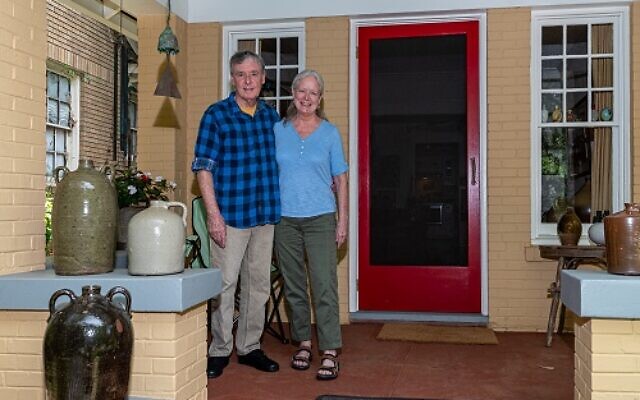
Jaffe: How did a kid from Wilmington uncover this talent?
Berman: Where I grew up, the only art I ever saw was in gas stations’ men’s rooms. The only thing close to art being taught in schools was Mr. Smiths “shop” class in eighth grade. My friends were taking physics, while I was stuck with the “sweathogs” from “Welcome back Cotter.”
During class, I got bored and rooted around a closet to find a tabletop electric potter’s wheel, turned it on and it worked! I found some old slimy clay and put it on the wheel. After putting my hands on it, I realized that I had no clue, and returned everything back to the closet. This forecast about the future was a “prelude encounter.” Eleven years later, I enrolled in ceramics class at the University of North Carolina-Wilmington, completed undergraduate degree at Georgia State University and Master of Fine Arts at UGA (’73).
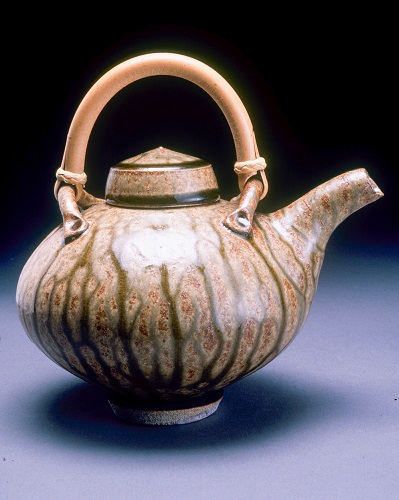
Jaffe: What inspires you?
Berman: Einstein got it right when he said, “The secret to creativity is knowing how to hide your sources.” Ron Meyer’s artist statement was, “I’m just happy when the lids fit.” And Picasso was relentless in stealing other artists’ ideas.
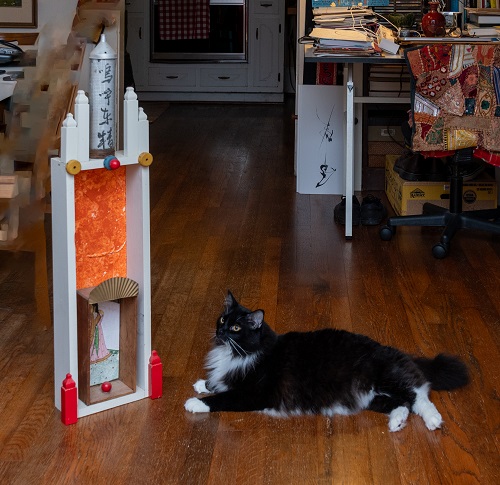
Jaffe: You taught in India.
Berman: First trip was in 1972 on a pilgrimage. I asked, “Are there any potters around?” At that time, there were over a million potters working in India exactly as they had done for 7,000 years. Same clay, wheel, kilns, and same function for the pots. I was fascinated by the whole process. Many trips later, I wrote articles, gave presentations, made a film, and wrote a book about these potters (still not published). In many ways, that experience has become a life’s work.
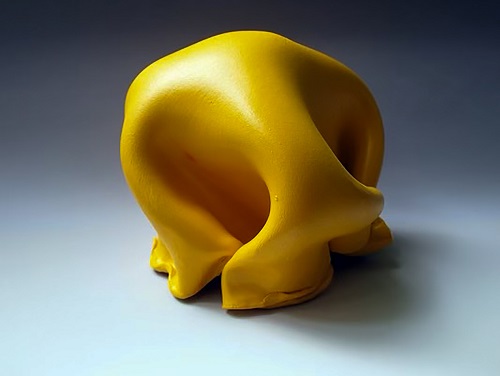
Jaffe: How did you come upon Finster?
Berman: I’ve always been attracted to “characters”- the more unique, off the wall, eccentric, and one-of-a-kind personalities have always been ‘my people’…never boring, with a naturally loving nature like Howard. The first time I saw his work was in an exhibition at the Athens Botanical Gardens curated by Andy Nassisse (1982.) I can’t explain how the work changed me. I went to see Howard at his home in Summerville to buy work for our gallery. I spent the entire day walking with him through his Paradise Garden, studio, World Folk Art Church, and everything else was covered with paintings, sculpture, and biblical signs. He never stopped talking and preaching for seven hours. I can’t recall saying one word. His celebrity skyrocketed when he did record covers for REM and Talking Heads, appeared on the “Johnny Carson Show” (1983), with articles in The Wall Street Journal, People. Lookers from all over the world came into our gallery to purchase Howard’s work. My wife, Jennie, shared gallery ownership and is a potter. We were one of the top 10 cab destinations in Atlanta! The whole experience was like something out of a movie.
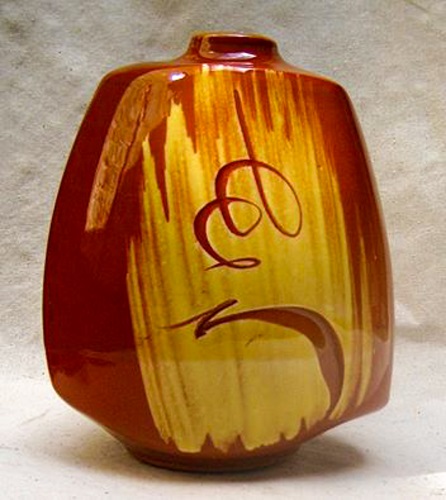
Jaffe: Students from the Pace Academy to Cortona, Italy, have proclaimed you as their favorite teacher.
Berman: Teaching is everything. Nothing gives me more pleasure than to show techniques and skills that can save light years of trial and error. Why re-invent the wheel? Pun intended. The student/teacher relationship is absolutely necessary for growth. The master/apprentice relationship is still very much alive in literally every field.
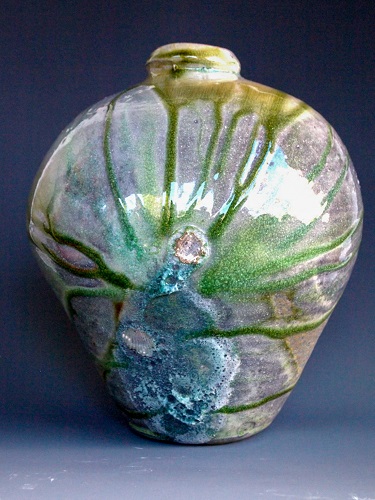
Jaffe: Teapots? Jane Fonda has one.
Berman: The teapot is one of the most difficult forms in the field for wheel or hand building potters…fitting lid, spout, and handle, assembled in a pleasing, functional manner. It’s one of the most difficult design projects, and that’s why very few potters make them. The medicinal qualities of teas from around the world are of interest to me.
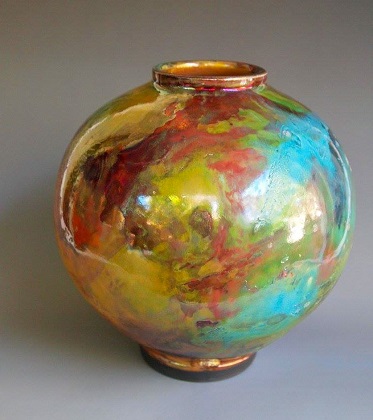
Jaffe: How did your work land in museums?
Berman: The teapot in the High Museum was bought by our apprentices when I was at Callanwolde in the ’70s and donated to the museum. My piece in the MOCA of Georgia was purchased by the director of the Hambidge Center and donated. Works in Africa, Hawaii, India, China, Italy, and the U.S. are often bought from me and sometimes gifts from me. The teapot in Yo Yo Ma’s collection was a gift during a master class that he did for the music students at Pace Academy.
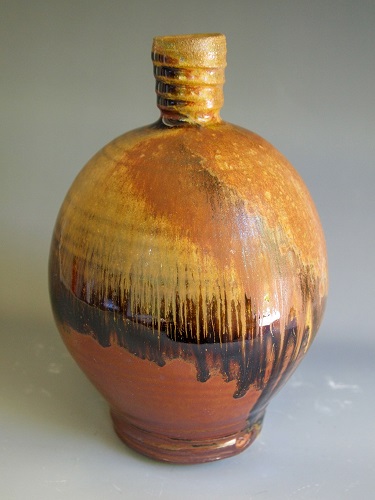
Jaffe: Last word?
Jennie: Talent is innate and can’t be taught. Skills can be, but inspiration and sense of design are natural. Rick has that.



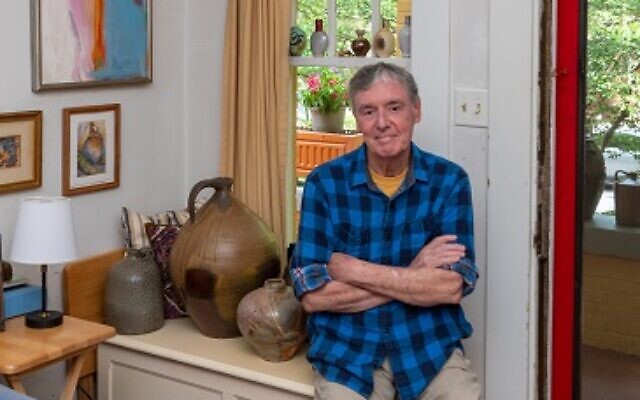
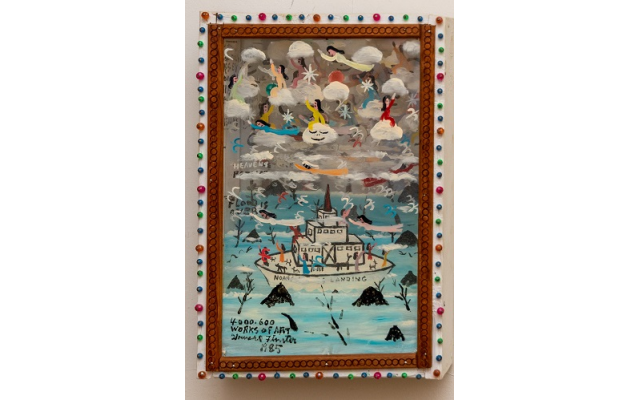
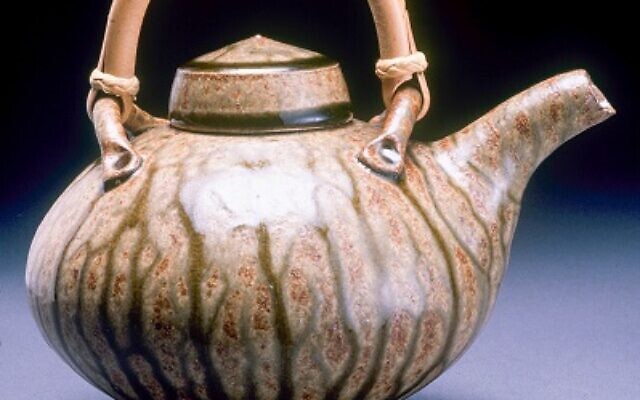
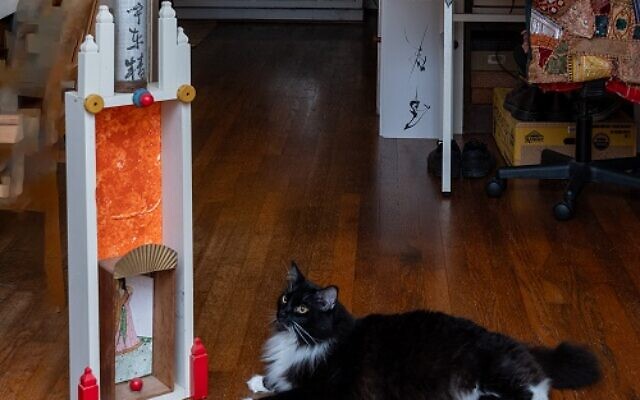
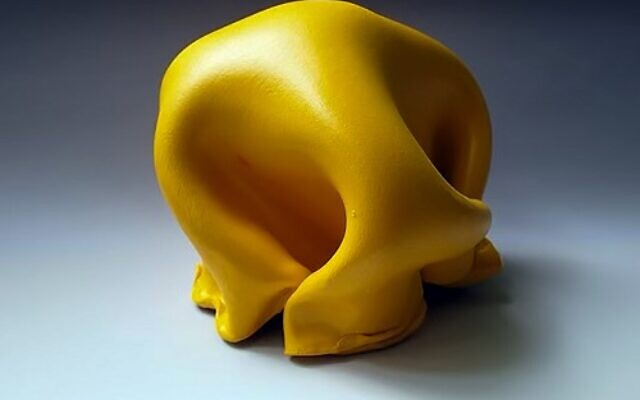
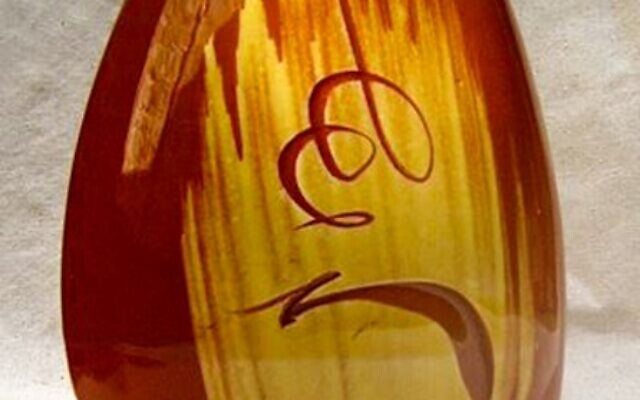
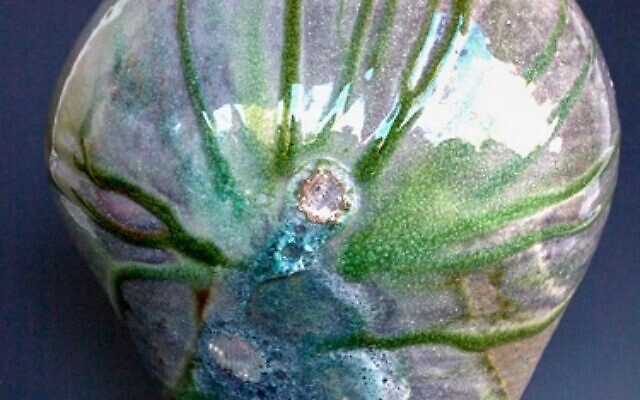
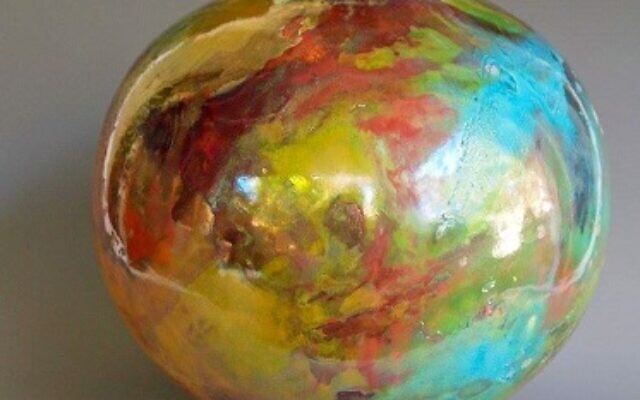
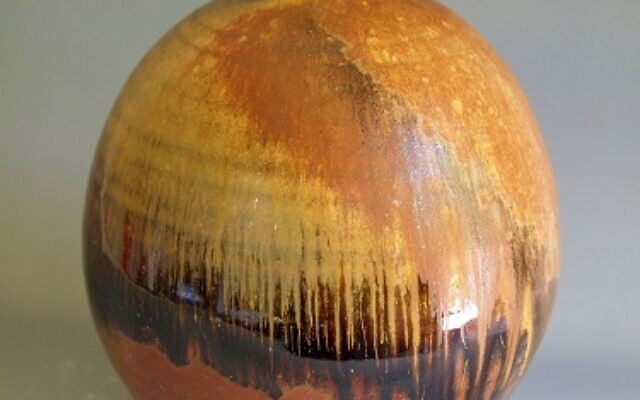
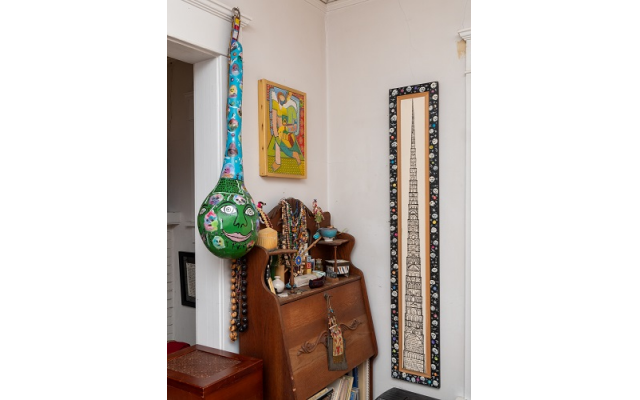
comments